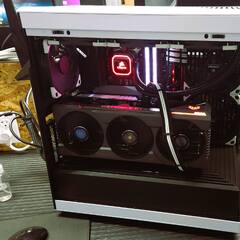Asus' ROG RAIDR PCIe SSD

This topic is now closed to further replies.
Share
Followers
1
-
Featured Topics
-
Topics
-
BTSHalfLifeAndGmodFan2003 ·
Posted in Storage Devices2 -
0
-
0
-
Abaris ·
Posted in Troubleshooting2 -
0
-
4
-
2
-
SpookyCitrus ·
Posted in Programs, Apps and Websites0 -
1
-
Hey_AND1 ·
Posted in Peripherals2
-


















